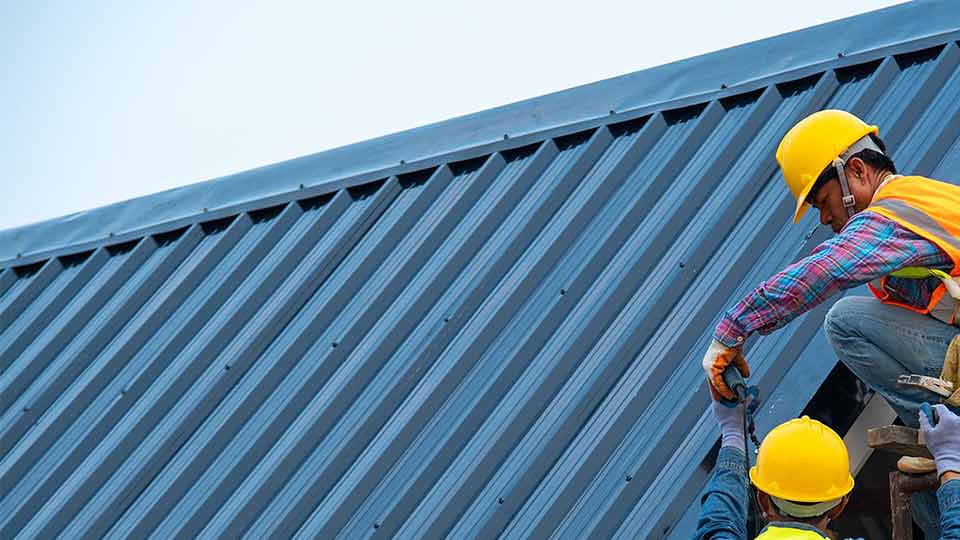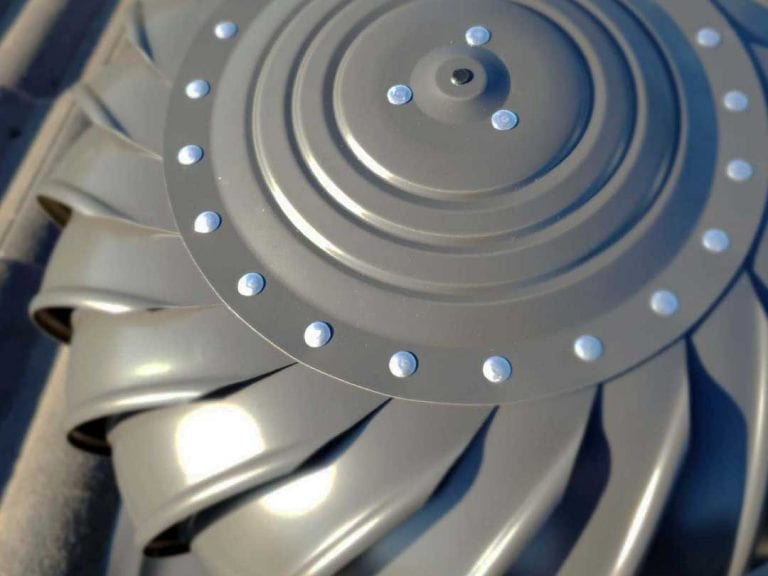Advancements, Challenges, and the Evolution of Eco-Friendly Roofing Insulation Trends in VIC, Melbourne, Australia
Rain Heads to the Trade Shipped Free Australia Wide – Click Here >
Dambuster Rain Heads Shipped Free Australia Wide – Click Here >
Gutter Sumps to the Trade Shipped Free Australia Wide – Click Here >
Eco-Friendly Roofing Insulation Shipped Free – Click Here >
Introduction
In recent years, the importance of eco-friendly construction practices has gained substantial attention worldwide, and Melbourne, Australia, is no exception. Roofing insulation plays a critical role in maintaining energy efficiency and sustainability in buildings, which is particularly vital in a region like Victoria, known for its variable climate. This article delves into the recent breakthroughs, the associated challenges, and potential solutions in the domain of eco-friendly roofing insulation. To contextualize these developments, we will also trace the history of eco-friendly roofing insulation trends in Victoria, Melbourne, Australia.
Eco-Friendly Roofing Insulation Breakthroughs
1. Sustainable Materials
One of the most significant breakthroughs in eco-friendly roofing insulation is the shift towards sustainable materials. Traditionally, fiberglass and foam boards were commonly used, but these materials have significant environmental drawbacks. In contrast, newer materials like recycled denim, sheep’s wool, and cellulose insulation are gaining traction.
- Recycled Denim: Recycled denim insulation is made from post-consumer denim jeans. This material offers excellent thermal performance and is a sustainable way to repurpose discarded clothing.
- Sheep’s Wool: Sheep’s wool insulation is both renewable and biodegradable. It is naturally fire-resistant and offers superior thermal properties.
- Cellulose Insulation: Cellulose insulation is made from recycled paper products treated with fire retardants. It is an eco-friendly choice and provides effective insulation.
2. Energy-Efficient Technologies
Advancements in energy-efficient technologies have led to the development of eco-friendly roofing insulation solutions that actively contribute to energy conservation. One such innovation is the integration of phase-change materials (PCMs). These materials store and release heat energy, reducing the need for constant heating and cooling.
3. Reflective Roof Coatings
Reflective roof coatings have gained popularity in Melbourne’s scorching summers. These coatings reflect sunlight and heat away from the roof’s surface, reducing indoor temperatures and the demand for air conditioning. They work in synergy with insulation to maintain comfortable indoor conditions.
4. Green Roofs
The adoption of green roofs, which involve the cultivation of vegetation on building rooftops, has gained momentum in Melbourne. Green roofs provide natural insulation, reduce stormwater runoff, and improve air quality. They serve as both an insulation method and an eco-friendly building practice.
Challenges in Implementing Eco-Friendly Roofing Insulation
While there have been significant breakthroughs, several challenges persist in the widespread adoption of eco-friendly roofing insulation in Victoria, Melbourne, Australia.
1. Cost Considerations
Eco-friendly insulation materials often come at a higher upfront cost compared to traditional options. This cost can deter builders and homeowners from choosing sustainable alternatives. However, it is crucial to consider long-term energy savings and environmental benefits when evaluating these costs.
Solution: Government incentives and subsidies can make eco-friendly insulation more financially accessible. Promoting awareness about the long-term cost savings of these materials is also vital.
2. Performance Standards
Ensuring that eco-friendly insulation meets or exceeds performance standards is essential. Building codes and regulations must adapt to accommodate these materials to maintain safety and efficiency standards.
Solution: Collaborative efforts between the government, industry experts, and research institutions can lead to the development of performance standards tailored to eco-friendly insulation materials.
3. Moisture Management
Melbourne’s climate is known for its variability, which can pose challenges for roofing insulation. Moisture infiltration can compromise insulation effectiveness and lead to mold and rot issues.
Solution: Robust moisture management strategies, including proper ventilation and vapor barriers, are essential to address these concerns.
4. Education and Awareness
Many individuals and professionals in the construction industry may lack awareness about the benefits and availability of eco-friendly insulation options.
Solution: Educational initiatives and workshops can inform homeowners and builders about the advantages of eco-friendly roofing insulation and how to choose the right materials for their needs.
Historical Perspective: Evolution of Eco-Friendly Roofing Insulation Trends in VIC, Melbourne, Australia
Early Usage of Insulation
Historically, Melbourne’s climate has led to a need for insulation in buildings. Early insulation solutions primarily focused on natural materials, such as straw, clay, and reeds. These materials provided some insulation but were not particularly effective by modern standards.
20th Century Transition
As the 20th century progressed, fiberglass became the dominant roofing insulation material in Melbourne and throughout Australia. While it provided improved insulation properties compared to earlier materials, fiberglass came with environmental concerns due to its manufacturing process and potential health hazards associated with exposure to its fibers.
Late 20th Century Eco-Consciousness
Toward the latter part of the 20th century, Melbourne residents and builders started to become more eco-conscious. This shift in attitude led to a growing interest in sustainable building practices and materials. Builders and architects began exploring alternative insulation options, such as recycled newspaper and cellulose insulation.
Early 21st Century: Regulatory Changes and Innovation
In the early 2000s, regulatory changes aimed at promoting energy efficiency led to increased awareness of the importance of proper insulation. Melbourne saw a surge in the use of reflective roof coatings and green roofs, especially in commercial buildings. These innovations not only improved insulation but also contributed to energy savings and reduced the urban heat island effect.
Recent Developments
In the past decade, the emphasis on sustainability has further intensified in Melbourne. Building codes have been updated to encourage or mandate the use of eco-friendly insulation materials. This shift has accelerated the adoption of sustainable alternatives like recycled denim and sheep’s wool insulation. Moreover, advancements in energy-efficient technologies and the integration of PCMs have enhanced insulation performance.
Conclusion
The journey of eco-friendly roofing insulation in Victoria, Melbourne, Australia, has evolved significantly over the years. Recent breakthroughs in sustainable materials, energy-efficient technologies, reflective roof coatings, and green roofs have transformed the options available to builders and homeowners. However, challenges such as cost considerations, performance standards, moisture management, and awareness persist.
Addressing these challenges will require collaborative efforts from government bodies, industry stakeholders, and educational institutions. In doing so, Melbourne can continue to lead the way in eco-friendly construction practices, ensuring that buildings are not only energy-efficient but also environmentally responsible. The historical evolution of eco-friendly roofing insulation trends in the region demonstrates a clear commitment to progress and sustainability, making Melbourne a model for eco-conscious construction practices.


